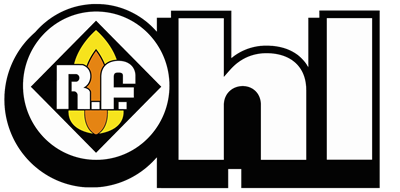The Composition of a Snowflake: Is Every Snowflake Unique?
“No two snowflakes are exactly the same.”
This is something that every child has heard at one time or another, either while using folded sheets of paper and crafting scissors to cut out unique snowflake designs or when studying the science behind snow in school or alone. Although most scientists do not fully understand why snowflakes form in such intricate and lovely points, columns and branches, they do know that no two snowflakes are exactly the same. It is possible, however, for two snowflakes to appeal identical.
 Snowflakes form when dust meets with water vapor in the air. If two hydrogen molecule attach to a dust molecule, water is formed. These hydrogen molecules can be angled away from each other while freezing and this creates a simple hexagonal shape that is the beginning of a snowflake which can include diamond dust or layers of these hexagons. The properties that come from the initial hexagon are different with each snowflake given that air temperature, humidity and a number of additional factors (some of which scientists still have yet to define) make it possible for every snowflake to form in its own unique way with an apparently infinite variety of possible shapes.
Snowflakes form when dust meets with water vapor in the air. If two hydrogen molecule attach to a dust molecule, water is formed. These hydrogen molecules can be angled away from each other while freezing and this creates a simple hexagonal shape that is the beginning of a snowflake which can include diamond dust or layers of these hexagons. The properties that come from the initial hexagon are different with each snowflake given that air temperature, humidity and a number of additional factors (some of which scientists still have yet to define) make it possible for every snowflake to form in its own unique way with an apparently infinite variety of possible shapes.
In 1988, however, a scientist by the name of Nancy Knight made the claim that she had found two identical snowflakes while working on a project involving atmospheric research. This appeared to be the case as when the two snowflakes were examined under a microscope it was discovered that they shared identical emergent properties. Although it is possible that two snowflakes can look identical at their exterior, these snowflakes will invariably be different at the atomic level or at their most basic level of composition. Deuterium is an atom that attaches itself to about one in 3000 hydrogen molecules within the air. Given that a snowflake has millions of atoms, the random assortment of deuterium within different snowflakes – even in two snowflakes that appear to be quite similar in construct – cannot possibly be identical.
At R.F. Ohl, we suggest grabbing a warm cup of cocoa and relaxing with your loved ones this winter, possibly by making your own unique and lovely snowflake creations at home.
